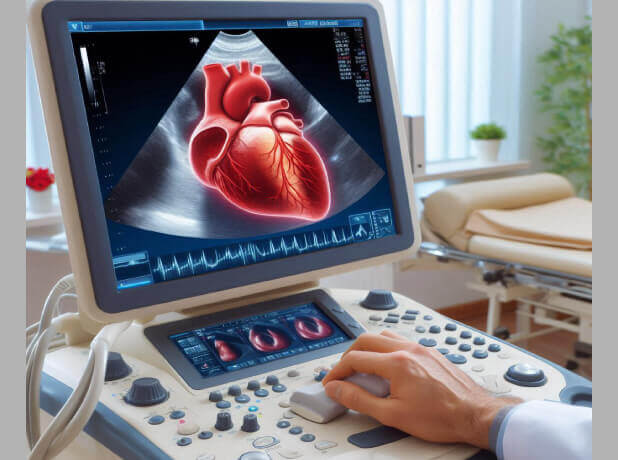Summary of The Predictive Value of Highly Malignant EEG Patterns After Cardiac Arrest: Evaluation of the ERC-ESICM Recommendations
Abstract
Highly malignant EEG patterns (HMEP), specifically suppression and burst-suppression, are recommended by the European Resuscitation Council (ERC) and the European Society of Intensive Care Medicine (ESICM) for predicting poor neurological outcomes after cardiac arrest. This study, based on data from the TTM2 trial, evaluates the prognostic accuracy of HMEP and the added value of absent EEG reactivity.
Key Points
-
Study Design and Participants The study analyzed 845 patients from the TTM2 trial across 59 sites, with EEG recorded at a median of 71 hours after cardiac arrest. Poor outcomes were defined as a modified Rankin Scale score of 4–6 at six months.
-
Prognostic Accuracy of HMEP HMEP recorded beyond 24 hours had a sensitivity of 50% and specificity of 93% for predicting poor outcomes. Specificity improved to 97% when HMEP were combined with an unreactive EEG background.
-
Impact of EEG Reactivity EEG reactivity testing, performed on 821 patients, revealed that unreactive EEG background improved specificity for poor outcomes, supporting its value in prognostication.
-
Effect of Sedation on EEG Prognostication Sedation (primarily midazolam and propofol) was received by most patients in the first 72 hours. The study found no significant impact of ongoing sedation at the time of EEG on the specificity of HMEP.
-
Hypothermia vs. Normothermia No significant differences were observed in the predictive accuracy of HMEP between patients treated with hypothermia (33°C) and normothermia.
-
Timing of EEG HMEP specificity remained stable across time points beyond 24 hours, but its reliability was lower when recorded before 24 hours, emphasizing the importance of later EEG assessment.
-
Multimodal Prognostication and Withdrawal of Life-Sustaining Therapy (WLST) Patients with HMEP had a higher likelihood of undergoing WLST, with a median of 47 hours from EEG to WLST. The study highlights the potential risk of self-fulfilling prophecy bias in EEG-based prognostication.
-
False Positives and Factors Affecting Prognostication Eighteen patients with HMEP had a good neurological outcome. Many had a reactive EEG background or higher cumulative doses of midazolam, suggesting potential influences on EEG interpretation.
-
Clinical Implications and Guidelines While HMEP remains a strong prognostic tool, its specificity in large-scale implementation is lower than in expert-led studies. Combining HMEP with EEG reactivity improves accuracy and supports a multimodal approach.
-
Limitations and Future Directions The study acknowledges limitations, including potential bias due to the treating team’s awareness of EEG results and the lack of exact sedation dosages at the time of EEG recording. Future research should refine EEG-based prognostication, particularly in patients with confounding factors.
Watch the following video on “Prognostication after cardiac arrest” by ISICEM
Open Access This article is licensed under a Creative Commons Attribution 4.0 International License, which permits use, sharing, adaptation, distribution and reproduction in any medium or format, as long as you give appropriate credit to the original author(s) and the source, provide a link to the Creative Commons licence, and indicate if changes were made. The images or other third party material in this article are included in the article’s Creative Commons licence, unless indicated otherwise in a credit line to the material. If material is not included in the article’s Creative Commons licence and your intended use is not permitted by statutory regulation or exceeds the permitted use, you will need to obtain permission directly from the copyright holder. To view a copy of this licence, visit http://creativecommons.org/licenses/by/4.0/.

